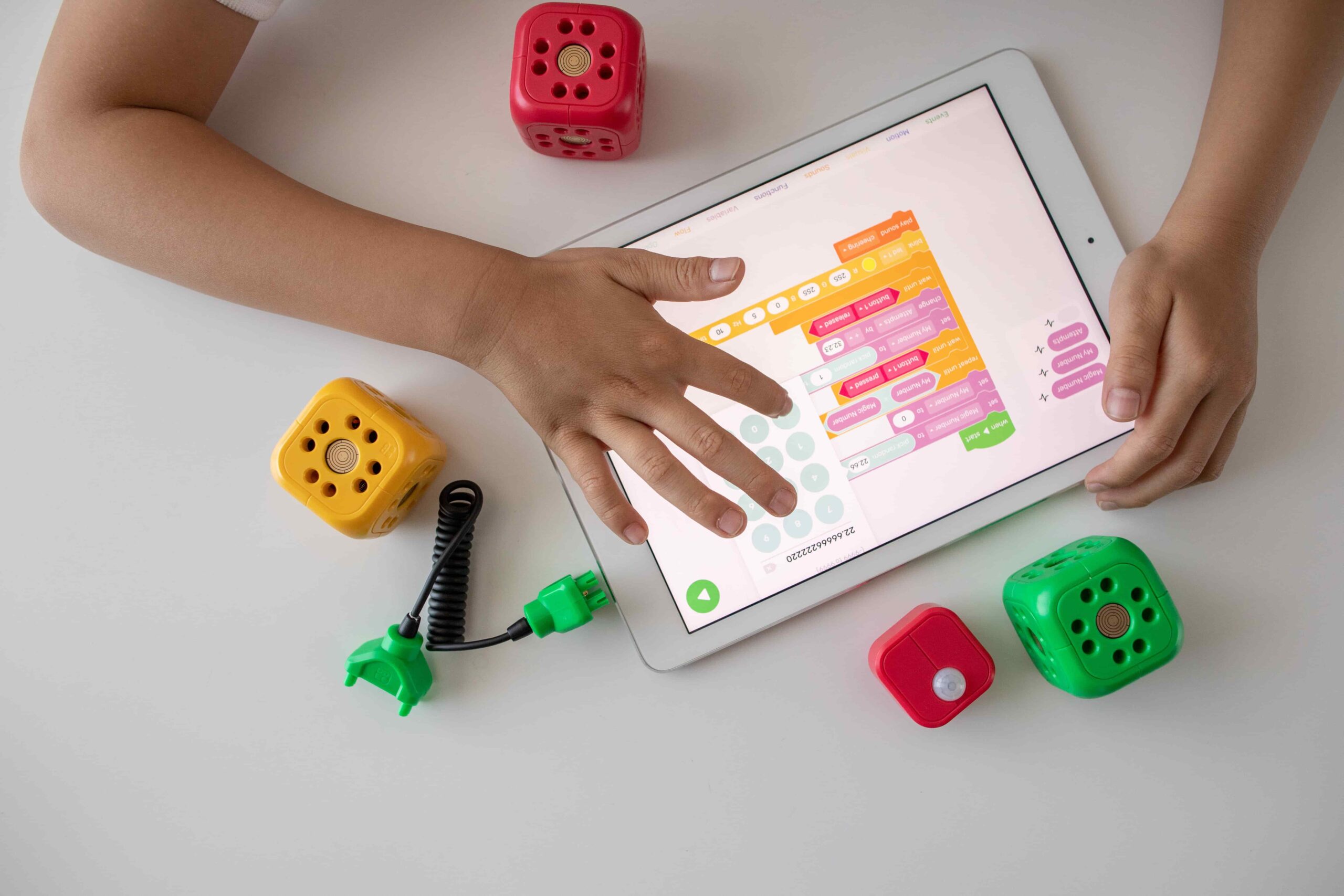Listen up parents who are scared of math: new math happened while you were adulting and just like with the move to balanced literacy, you are going to have homework to do with your kids because of it.
It never fails to astound me how every couple of decades, the US adopts a “new” way of teaching that messes with the science of learning and dooms a generation of students.
As with the debacle over the science of reading, the US inexplicably took a turn towards unscientific math instruction aka “new math” starting in 1995.
As the authors of the study note:
| This change assumed the brain could reason in mathematics without relying on memorized knowledge. Scientists who study the brain have recently verified this assumption was mistaken. Due to stringent limitations in working memory (where the brain solves problems), mathematical problem-solving of any complexity requires applying well-memorized facts and procedures. |
There are some good aspect of new math, chief among them, the drive to give kids number strategies and a deeper sense of numbers (instead of just rote memorization). But the issue with the way we are teaching new math is the uneven quality of instruction.
While you were away…
For many parents with young kids today, they will likely have attended school in the 80s and early 90s.
Since then, this is what happened with new math:
- The NCTM’s 1989 standards advocated calculator use “at all grade levels” and “increased attention” to “reasoning” to solve problems. “Decreased attention” was recommended for “memorizing rules and algorithms” and “rote practice”
- These changes impacted instruction. Between 1992 and 1997, over 45 states adopted and gradually implemented K-12 standards. The federal No Child Left Behind Act of 2001 required all states to both adopt math standards and test on them annually in grades 3-8. By 2005, over 30 states called for calculator use in 3rd grade state testing.
- Over 40 states in 2010-11 adopted and in 2014 implemented the ‘Common Core math standards’ (CCMS). Since 2014, a number of states have revised parts of their standards, but in most, standards remain quite similar to the 2010 CCMS (Norton et al., 2017).
- By the time of the 2020 NAEP LTT testing, the Common Core and similar standards had been required to be used in the classrooms of most states for more than five years.
So parents of young kids today, this is what this all means:
Your kids are likely no longer being asked to know facts by heart or achieve math fluency.
This is a BFD – big effing deal – pardon my language.
If you don’t know your facts, the science of learning says you will not be able to reason your way through complex problems. New math is deadly to numeracy.
What does the science say?
Cognitive science explains how the brain solves problems based primarily on the interaction of three of the brain’s components: the attention filter, working memory (WM), and long-term memory (LTM)
During problem solving, the slots of WM must hold the novel (new or problem specific) chunks of problem data. Novel data chunks that must be stored in WM slots include the problem goal, initial data/information, and answers found at middle-steps that must be looked up or mentally calculated rather than quickly recalled from LTM.
WM is limited in capacity by its number of slots. During problem solving, if the data are sounds or symbols such as letters, words, or numbers.
WM capacity is an average of 2 to 3 slots at age 7, gradually increasing to an adult average of four slots at age 14. WM capacity varies among individuals but is 3 to 5 slots for most adults. It remains essentially constant through adulthood until old age, when it has been found to decrease
WM is also limited in duration. Repeatedly reciting information orally or mentally can keep it stored in WM, but during other processing, including problem solving, each slot in WM can retain a chunk of novel data for only 30 seconds or less.
Your ability to solve math problems in a topic depends in large measure on the number and size of chunks you have thoroughly memorized about the topic. New math does not respect this reality.
So who’s going to design solutions for climate change if kids have no working long term memory and they’ve run out of slots to hold data chunks?
To learn is to change LTM in ways that either store and/or connect new information, or better connect and/or more strongly store previously stored information.
if chunks are repeatedly processed together over multiple days, a record of the processing tends to become consolidated: related chunks that fire at close to the same time wire to form larger chunks in LTM. As problems of increasing complexity are solved, chunking gradually wires into LTM larger, more strongly wired, and better-organized conceptual frameworks for topics.
What parents can do to address new math and support mathematical fluency
- Help your kids develop the ability to recall math facts quickly and accurately using new math strategies AND the spoken word. DO BOTH – new math is here to stay. Let’s take the best of what it offers. Distributed retrieval practice is the most effective strategy for making facts recallable. During childhood, learning spoken phrases is powerfully instinctive. If a first-grader practices reciting “eight plus six is fourteen” repeatedly over several days, it becomes one of thousands of phrases they can complete automatically. Important caveat: try to not actually use flashcards because ugh….it’s soul sucking like worksheets! Remember it’s the mathematical thinking and fluency that counts.
- Encourage kids to practice reciting math facts repeatedly over several days to make them automatic. This doesn’t mean drill then – it means asking them questions that get to the heart of the math fact – word problems and games are your friend. Recall should be within 2 to 3 seconds and the focus is on addition and subtraction from 0 through 20.
- Understand that most states do not require subtraction facts to be known from memory, but rather fluently calculated using the relationship between addition and subtraction. Parents should focus on helping their children automate as many components of problem-solving as possible, to prepare for higher-level learning.
- Be aware that using manipulatives for calculations can take time and working memory slots, and may not be the most efficient strategy for learning. While the research says parents should focus on helping their children develop recallable math facts to avoid overload when learning more complex problems in higher grades, I think there’s another important distinction to be made here. If you start manipulatives with your child earlier than 1st grade, your child has the space and time to learn using manipulatives. There is time for mastery and conceptual understanding – the holy grail of foundational math.
This is why Buoyant Bloomer is all about using that golden window of learning opportunity – 3-6 year olds – purposefully. Your child can play all day when they’re young. 15-30 minutes of targeted, hands-on instruction so your child can build a solid learning foundation is an amazing use of time and still gives your child the play-based childhood they deserve. Supplementing preschool at home gives you the confidence that your child will build an impeachable foundation of learning.
True story: our son became fluent with basic addition facts because he was obsessed with getting faster at snakes and ladders and had been playing the game since he was 3.5 years old.
On the walk to school in the mornings, the husband would then make up word stories involving construction vehicles which gave him extra practice. These turned into subtraction only problems when we were confident he knew his addition facts and needed to start working on his subtraction skills.
Balanced literacy and new math are bad news bears for kids growing up today. The time it will take for school districts to pivot to teaching grounded in the science of learning is sadly too slow.
Take matters into your own hands. Make a plan for how you will teach your children if your school is using methods that are not aligned with the science of reading or the science of math. You don’t have to abandon the public school system – you DO need a strategy for ensuring that your child is learning in a way that scientific research says is optimal.

